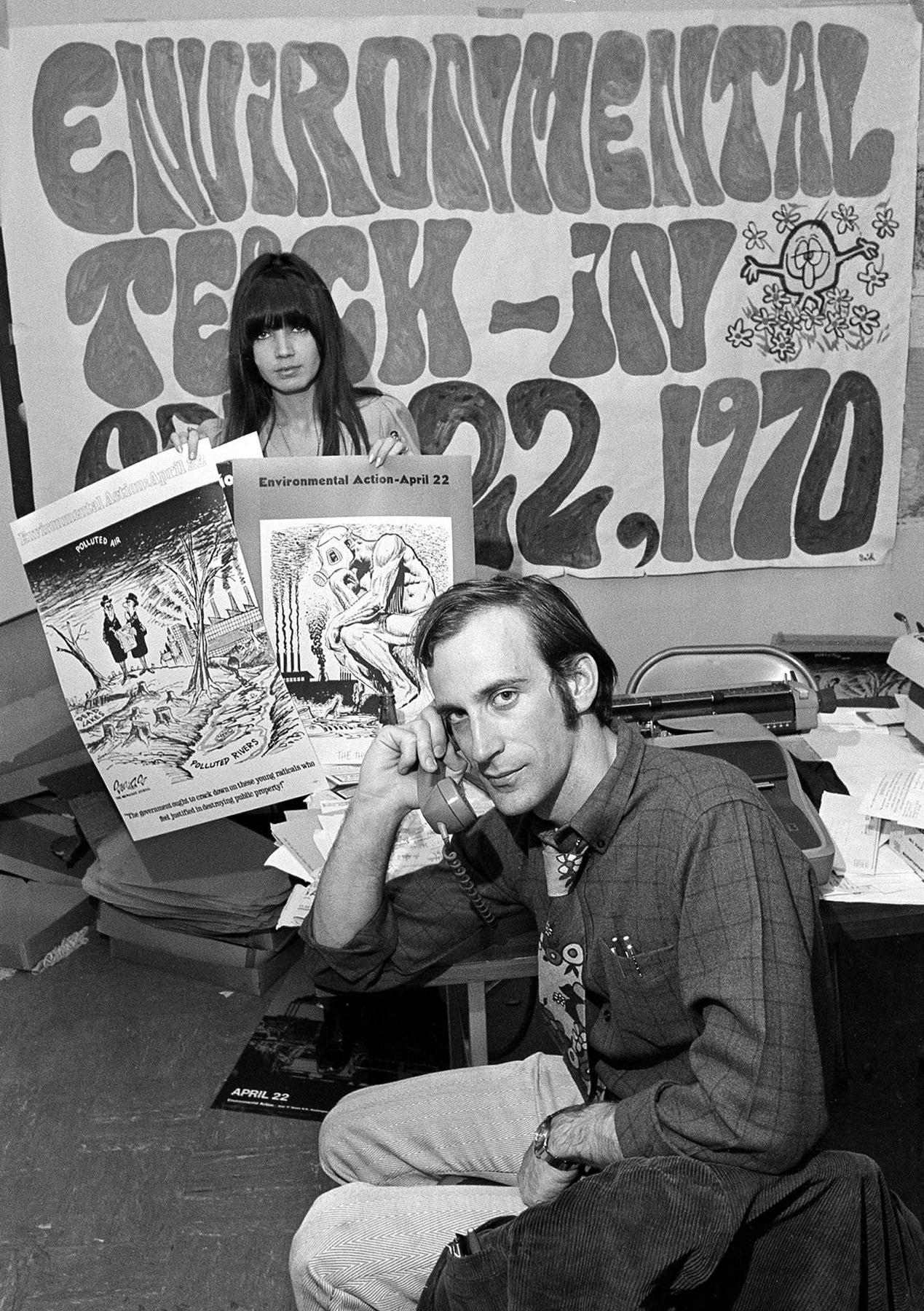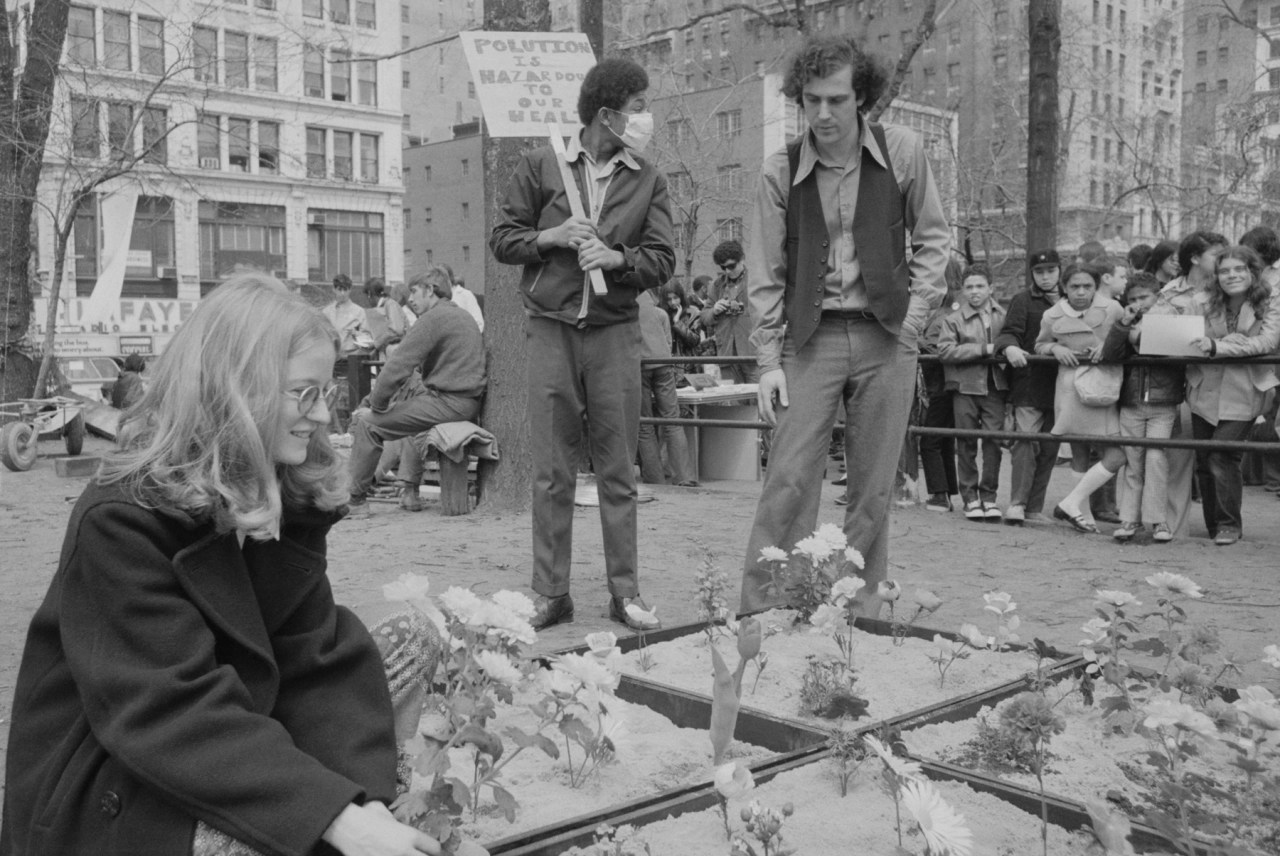Written by: Rashawn Khamari Merchant
On the tail-end of the Vietnam War, the Civil Rights Movement, and the Space Race, there began to grow a movement regarding the planet and its health. People realized that waste was everywhere and the world was no longer invincible. In 1970, a junior Wisconsin Senator came to see a vision for change, and on April 22nd of that year, the first Earth Day was established.

CWH/AP/Shutterstock
During the 1960s, corporations could dump waste into streams and let off mass amounts of smoke with no legal consequence. At the time, there didn’t exist a clean air or water act, so there were no standards as to how companies should act with the environment in mind. Many around the country were beginning to notice the harmful health hazards piling up.
Someone, in particular, was Rachel Carson, who, in her 1962 book Silent Spring, was able to document how the excessive use of pesticides was damaging wildlife populations. Carson’s book was a catalyst and gained considerable attention for other instances. Later on, in 1969, Senator Gaylord Nelson announced a series of teach-ins to educate college youth on environmental concerns. Senator Nelson began at Stanford using the energy from anti-war protests and gained national media attention. One of the largest teach-ins occurred on April 22nd, a weekday between final exams and spring break garnering massive student participation.

Bettman Archive/Getty Images
The first Earth Day sparked an achievement that involved all people across the United States. More than 20 million Americans participated that year, and things changed forever.
As of today, Earth Day is the world’s most celebrated event inviting people everywhere to honor the planet and commit to healthier changes. In this climate change era, people will continue making s
Leave a Reply